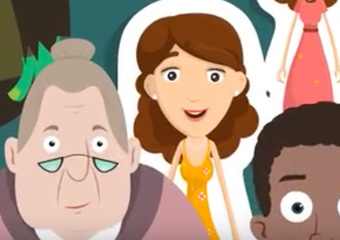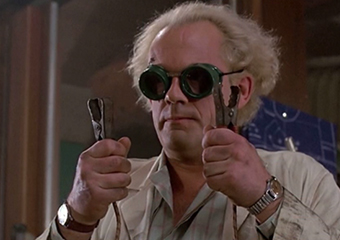The scientific method involves starting with an idea (the hypothesis), designing an experiment to test it, and finally interpreting the results and drawing conclusions.

The Scientific Method
When scientists set up an experiment, we need to know that everything is working properly so that we can have confidence in our results. We need to know what to expect if the experiment works, and what to expect if it does not. To do this, we need controls, references or standards

Validating Experiments - “Controls”
Scientists often want to compare two or more things. We have to design our experiments in such a way that the comparison is fair. Sometimes we have to make additional measurements to make sure we have set up the experiment fairly, even before we start the experiment itself.

Fair Comparisons & Randomisation
Scientists need to be sure they don’t inadvertently favour one interpretation of the results over another. To do this we need to put measures in place to avoid bias.

Bias
Sometimes scientists don’t measure what they are studying but instead measure something closely related to it. Often we do this because it’s the only thing we can do, or it’s more efficient.

Markers & Surrogates
The fact that two things are correlated (follow the same pattern) doesn’t mean one causes the other. There are several reasons why two things may correlate, but in reality one does not cause the other. A correlation is just a starting point for further investigation.

Cause & Correlation
Scientists often express one number as a ratio of another. Although this may seem confusing to understand, it helps eliminate the impact of other factors on what we are trying to measure. This makes our results more meaningful.

Ratios & Normalisation
Whenever we measure something, we rarely get it absolutely correct. The more scattered our measurements are, the more uncertain we are about the true value. All we know is that it is contained within a range which is sometimes called the “margin of error”. This makes it harder to draw firm conclusions. We use statistics to help us determine if the observations we make are likely to be correct.

Accuracy, Precision, Errors & Statistics
In this section we will look at several reasons why scientists are sometimes cautious when interpreting results and presenting conclusions.

Why do scientists have to make things so complicated
